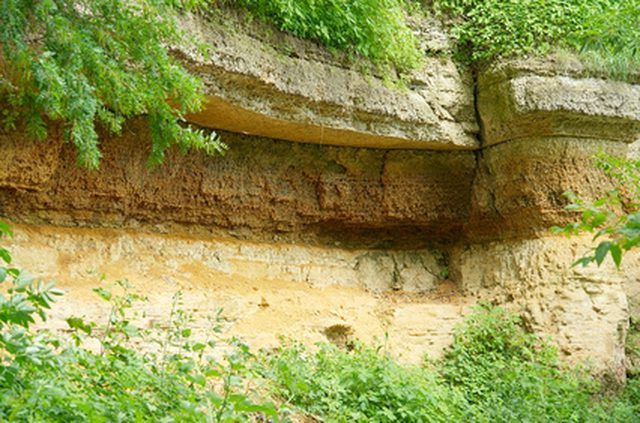Bulbs
Flower Basics
Flower Beds & Specialty Gardens
Flower Garden
Garden Furniture
Garden Gnomes
Garden Seeds
Garden Sheds
Garden Statues
Garden Tools & Supplies
Gardening Basics
Green & Organic
Groundcovers & Vines
Growing Annuals
Growing Basil
Growing Beans
Growing Berries
Growing Blueberries
Growing Cactus
Growing Corn
Growing Cotton
Growing Edibles
Growing Flowers
Growing Garlic
Growing Grapes
Growing Grass
Growing Herbs
Growing Jasmine
Growing Mint
Growing Mushrooms
Orchids
Growing Peanuts
Growing Perennials
Growing Plants
Growing Rosemary
Growing Roses
Growing Strawberries
Growing Sunflowers
Growing Thyme
Growing Tomatoes
Growing Tulips
Growing Vegetables
Herb Basics
Herb Garden
Indoor Growing
Landscaping Basics
Landscaping Patios
Landscaping Plants
Landscaping Shrubs
Landscaping Trees
Landscaping Walks & Pathways
Lawn Basics
Lawn Maintenance
Lawn Mowers
Lawn Ornaments
Lawn Planting
Lawn Tools
Outdoor Growing
Overall Landscape Planning
Pests, Weeds & Problems
Plant Basics
Rock Garden
Rose Garden
Shrubs
Soil
Specialty Gardens
Trees
Vegetable Garden
Yard Maintenance
Bulk Density Values for Soil Types
Bulk Density Values for Soil Types. Both the United States and Canada use textural triangles to classify soils. Soil types are named according to the relative proportions of the soil components sand, silt and clay.

Both the United States and Canada use textural triangles to classify soils. Soil types are named according to the relative proportions of the soil components sand, silt and clay.
Function
Each soil type has distinct proportions of the soil components. This results in each type possessing unique physical characteristics.
Features
One of the key physical characteristics of soil is bulk density. Soil bulk density is defined as the mass of soil particles per volume of space occupied.
Method
Bulk density is relatively easy to calculate. First, soil cores of a given volume are taken in the field. Next, the soil sample is dried in an oven. The dried sample is weighed, and bulk density is calculated by dividing the mass of the oven-dried sample by the volume of the core sample.
Types
Bulk density is measured in g/cm3. The soil types and their corresponding bulk density are as follows: clay 1.25 g/cm?; silty clay 1.21g/cm?; silty clay loam 1.27 g/cm?; clay loam 1.30 g/cm?; sandy clay 1.34 g/cm?; silt loam 1.38 g/cm?; loam 1.43 g/cm?; sandy clay loam 1.40 g/cm?; sandy loam 1.51 g/cm?; loamy sand 1.63 g/cm?; sand 1.69 g/cm?.
Considerations
Bulk density ranges between 1.25 and 1.69 g/cm? for pure mineral soils. Soils high in organics and some friable clay may have bulk densities well below 1.0 g/cm?.